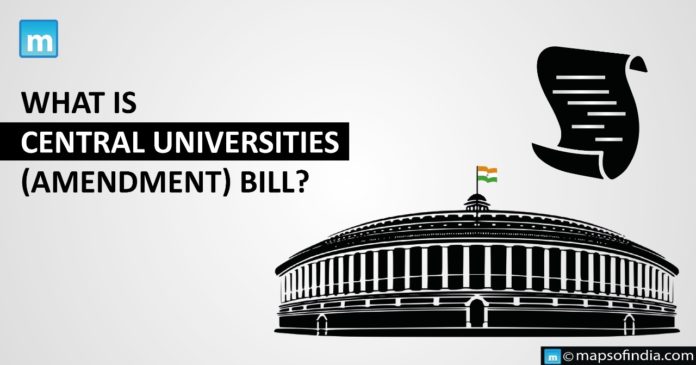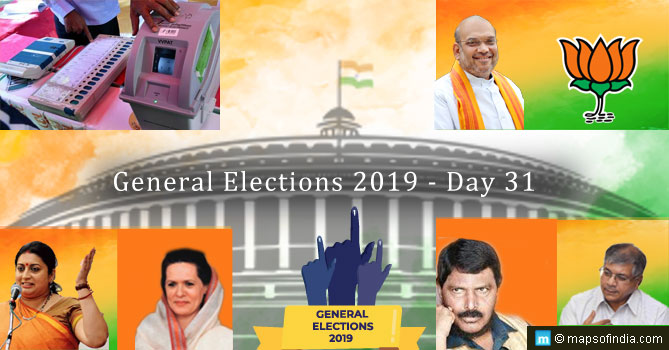The Rajya Sabha passed the bill to amend the prior Central University Act, 2009. It was applied to establish a full-fledged central university in different states. After the Rajya Sabha, the bill passed in the Lok Sabha. On the occasion of passing the bill, Ministry of Railways Ashwini Vaishnav informed that through the railways, Rs 166 crore for the university as an additional fund will be provided for the infrastructure.
Dharmendra Pradhan, Union Minister for Education and Skill Development, announced that under the name Gati Shakti Vishwavidyalaya, the central government would construct an institution that will pass knowledge of repository, conduct research, empower students to facilitate skill development, and teach accurate best practices.
The objective of the bill
The bill’s main objective was to convert the National Rail and Transportation University based in Vadodara into Gati Shakti Vishwa Vidyalaya, a Central University. It will be under the control of the Ministry of Railways. This bill was introduced under India’s National Education Policy (NEP). The Government of India (GOI) will repeal the University Grants Commission ( UGC) bill 2018, which is expected to bring life to the Higher Education Commission of India (HECI).
- Prevent brain drain and build critical capability by introducing transportation master’s and doctoral degrees, which no university has done.
- To make the country self-reliant in the transportation sector through skills and digitalising India in education.
- To challenge the world’s universities by providing high-quality teaching, research, and skill development in transportation, technology, and management.
Under the bill, the leading academic standards are:
- Specifying learning outcomes for courses
- Specifying eligibility criteria for vice chancellor
- Higher education institutions that do not meet minimum standards
The university is funded with a government flagship of Rs 100 lakh crore through the PM Gati Shakti National Master Plan.
Features of Gati Shakti Vishwavidyalay
- Gati Shakti Vishwavidyalaya, or Gati Shakti University, is a multi-disciplinary and multi-dimensional institute established under the National Education Policy (NEP).
- The main objective of establishing the Gati Shakti Vishwavidyalaya is to gather all the different departments into a single infrastructure where the transport sector, such as railways, roads, waterways, aviation, and ports, will coordinate to form a Gati Shakti mission platform.
- The Gati Shakti Vishwavidyalaya will be unique from other universities as it will incorporate transport courses, skill development, technology development, transport economics etc.
- Currently, the National Rail and Transportation University is based in Vadodara, but it is planned to establish these types of universities in every nation-state.
Appointment of Vice-Chancellor
There are no existing rules for the vice-chancellor of the university. The vice-chancellor of the National Rail and Transportation Institutes (NRTI) will be in his position for six months from the date the Act has been notified of a new vice-chancellor for the new Vishwavidyalaya is appointed, whichever is earlier.





